Beating the Indexes: Investing in Convertible Bonds to Improve Performance and Reduce Risk
$58.14
| Author(s) | |
|---|---|
| Format |
|
| Pages |
321 |
| Publication Year |
2012 |
In Beating the Indexes, leading trader and Minyanville columnist Bill Feingold shows you how to systematically exploit the biases and mediocrity of index investors, and continuously make winning investments. Writing for individual investors as well as professional advisors and money managers, Feingold introduces a more profitable set of investing strategies based on convertible bonds and related alternative investments. In this surprisingly readable (even fun to read) book, each chapter exposes one index investing myth – and presents a powerful strategy for beating investors who still buy into it. If you’re tired of minimal returns that disappear with the slightest market volatility, this is the book you’ve been searching for.
Introduction:
The book has two distinct but related parts. The first and shorter section, Part I, “Our Flawed Institutions,” addresses and expands upon the core of my first book, The Undoing of Cowardice. I lay out the argument that the professional investment world is largely designed for mediocrity and job preservation at the expense of the creative, forward-looking asset allocation it is supposed to provide. I think there are a lot of competent people out there who want to do a good job, but we are giving them all the wrong incentives. I explain why and how this actually creates more opportunities for you. I hope that as you come to understand the structure of markets, you will feel more confident about taking control of your investments, especially as an individual investor. If you do, you will find that the time invested in learning about convertible bonds—the second and larger part of the book—will repay you many times over.
Within Part II, “Convertibles, a Better Solution,” I begin by laying out the basic facts you need to understand convertibles. For investors focused largely on stocks—and this means most investors—you will find this part highly useful. You’ll come away with knowledge of traditional bonds and options that you knew you should have had, but probably never got around to. Then I’ll take you through the journey of my career so that you have immediate contexts for those facts. I hope that you’ll experience a bit of the thrills, pitfalls, and unintended humor that have all befallen me in my own convertible journey. After we finish the tour, we dig deeper into convertibles, learning how to compare them as investments with the stocks that underlie them. There’s a brief quiz midway through this section to make sure you’re learning to speak the language. By the end, although you might not quite be a convertible guru, you’ll have a pretty good comfort level with an investment a lot more people would use if they only knew about it.
I need you to keep a few things in mind. This book does not teach you how to pick stocks. I am not a stock picker. My skill, such as it is, involves starting with an idea about where a stock is heading, how long it might take to get there, and what might happen if the idea turns out to be wrong. For most people, the set of possible investments begins and ends with the stock itself. After you’ve finished this book, you’ll be way ahead of them. You’ll understand not only stocks, but also options, bonds, and, of course, convertibles. You’ll begin, as a matter of course, examining your own thought process and matching your investment to your opinion—because it’s not a one-size-fits-all world.
As such, this book is probably best for people—individual investors and professionals alike—who like to pick their own stocks but want help in finding the best way of structuring their investments. I know there are a lot of you out there. After we’ve learned how convertibles work—including the actual nuts and bolts of the trading process—and how to identify attractive ones, we’ll look at the securities from the perspectives of different constituencies. Individual investors, financial advisors, institutions, corporate treasurers, and students will all find a subsection dedicated to their area of interest. Before we finish, we’ll take a quick overview of the more advanced topics convertible professionals follow. Those of you eager to learn more about convertibles will find this last section a good starting point for further study.
Contents:
- Indexing and Its Discontents
- The Individual’s Edge
- Delusions and Illusions: Chasing Performance in Our Lost Decade
- A Change Is Gonna Come
- The Very Basics
- Reminiscences of a Convertible Operator
- A Quick Review and Quiz
- Enough Already…How Do Convertibles Actually Work?
- What to Look for in a Convertible
- Convertibles For Individual Investors, Financial Advisors, Nontraditional Institutional Investors , Corporate Financial Advisors and Students
- Introduction to Advanced Topics
Beating the Indexes: Investing in Convertible Bonds to Improve Performance and Reduce Risk By Bill Feingold pdf
10 reviews for Beating the Indexes: Investing in Convertible Bonds to Improve Performance and Reduce Risk
Clear filtersOnly logged in customers who have purchased this product may leave a review.

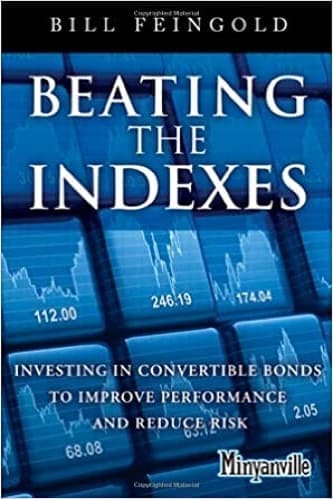
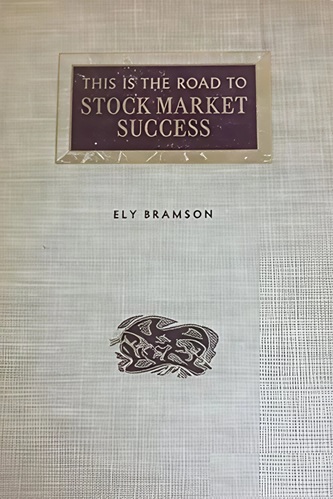
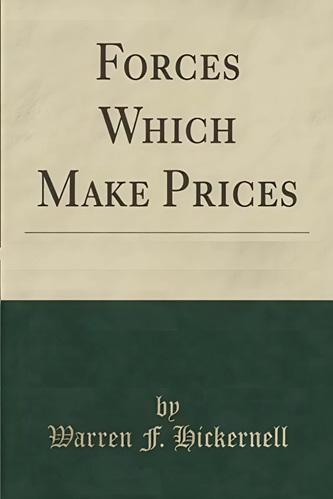
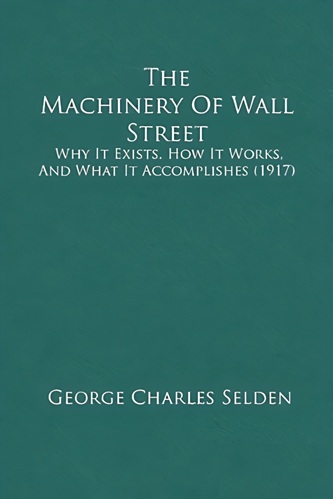
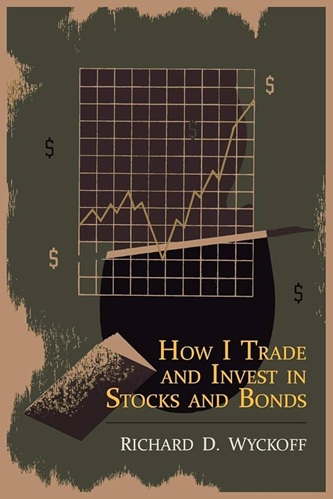
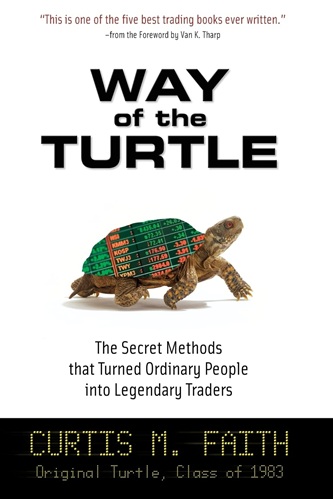
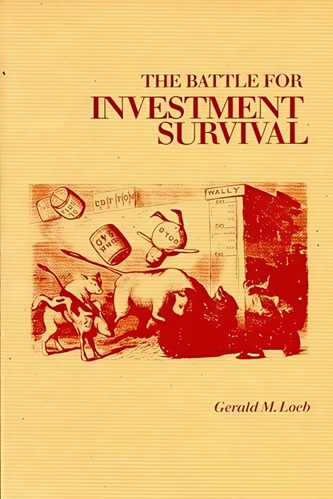
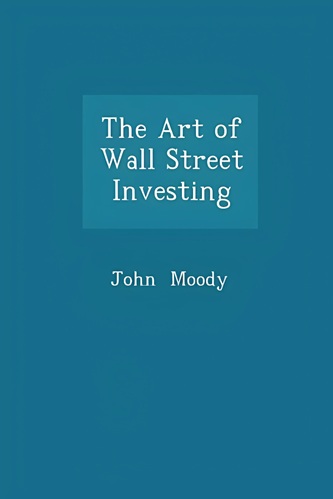

Leonidas Ellison (verified owner) –
Be wary of such superfluous claims that one strategy is going “beat” a benchmark especially when those benchmarks are major indices’s. That being said, maybe it was a bizarre minyanville publisher that choose the title rather than the author. How this is a serious publishing company I know not, as their their extremely amateurish low resolution animal cartoons seem misfit to represent investing.
Feingold lays out his argument in the first quarter of the book as to why the status quo of investing isn’t going to work out very well… and he makes a very receptive and compelling case. This made for a very strong entry point into convertible bond segment and he has a lot of valuable, honest insightful information. However, I don’t think it’s as accessible to the general public as perhaps he would want. Interest rate changes, depreciation, volatility and a general heightened level of complexity are all prevalent in convertible bonds and unless you know the convertible bond market like the back of your hand it probably doesn’t behoove mom and pop investors to jump into this asset class.
Raina Bryan (verified owner) –
Though the author state that the book is written with individual investors and professional money managers in mind, the very nature of the investments covered makes this a not-so-practical-yet-informative read for the average investor. Surprisingly, the author misses discussion on how the individual investor can access some of the strategies through mutual funds or ETFs – though there are some well-established funds focusing on convertibles. (True to the discussion by the author, these funds have achieved comparative results to equities without the same degree of volatility.). The average reader should view this book mostly as a behind-the-scene look at a fairly well-established investment instrument, but perhaps better handled by professional managers. Tomes have been written on convertible pricing and various arbitrage strategies have been focus of thesis/dissertations and even hedge funds.
This book does excel in explaining the bond-equity nature of convertibles and how they can lead to pricing opportunities that can be exploited. That discussion is particularly helpful for an individual investor to understand the mechanics of convertibles – it may be too simplistic for a professional in this field since it offers no new strategies. Some of the charts that are used to compare performances of convertibles with equities are unclear. The author doesn’t discuss what he considers as a proxy for the convertibles or equities nor the timeframe for such comparisons. This seriously impedes one’s understanding of the true performance of convertibles.
Overall, a difficult-but-informative read for individuals investor interested in convertibles – at least you will get a clear appreciation that this is an investment you probably want to consider and leave it to a professional manager/mutual fund/ETF…
Brian Perez (verified owner) –
If you are reading this review, you probably have a modicum of understanding about the stock market as do I. Beating the Indexes explains how to use convertible bonds to even out your risks in the stock market. But the book is more like Sheldon (from “The Big Bang Theory) explaining quantum physics than Penny (also from Big Bang) describing how to wait tables. In other words, it’s a bit obtuse. Feingold has a tendency to fall into geek speak and then assume you understand what he is writing about, and you know what they say about assuming. He also gets all parental, “by now you “should’ understand,” and I’m all going, “Yeah, right.” He writes from the perspective of someone who has intimate knowledge of trading bonds and often leaves his audience behind unless the book is for other traders, then it probably works.
The book isn’t without merit, however. It does explain some of the intricacies of stock and bond trading. Feingold also posits what I’ve long suspected and that is that the game on Wall Street is rigged. Hedge funds and institutional investors exercise a lot of control over the markets and the individual investor can only hope to ride the tail winds.
The next time Feingold writes a book about the market, he should have a teacher proofread it so he can improve on his pedagogical techniques. After I read the one chapter with a quiz, I felt like I was beginning to understand convertibles, but then he moved on and I was left in the dust. Now I know how Penny (the blonde from Big Bang) feels.
Alistair Wilkerson (verified owner) –
This little book is a how-to guide that covers the misunderstood world of Convertible Bonds. The key is beating the Indexes… and the teacher is apt with decriptions and illustrative stories about the proper path toward success. Don’t get me wrong: This is no “get rich quick” nor “get rich with Risk” type of book. Just solid advice and some explorations of issues that many will find room to disagree with.
With this new book, Beating the Indexes, Bill Feingold shows how to take proper advantages of common biases within index investing and how to make solid investments. Feingold introduces more profitable strategies based on convertible bonds and other alternative investments. He covers problems with current thoughts on index investing, presenting long-term strategies geared at outperforming index investors.
Confused about the convertible market and the volatility? Feingold’s book focuses on 4 key areas:
* Mediocrity–and how to do better
Why individual investors can prepare themselves to beat the indexes and experts (and why that is)
* Convertibles: A basic guide
Part bond, part stock
* Attributes of high-profit convertible investments
“Protected stock investing” strategies in-depth
* More advanced techniques:
Professional strategies verses Individual strategies: advantages, drawbacks, and how to deploy these
Well organized and fairly non-technical introduction. Not for someone who has never invested much… but for those that do and simply need help with the concepts of this marketplace.
Janiyah Richmond (verified owner) –
Convertible bonds are great investments in the bond sector. Most individual investors and way too many “investment advisors” do not understand this asset class. It’s arguably a great time for convertible bonds, given the beating we have taken in the stock market over the last 10 plus years. It’s one of those few times you can make an investment that can allow you to have your cake and eat it too. You get the best of bonds and the best of the upside exposure you want from stocks. It’s very rare that you will lose principal with these, but you may go through short-term pricing issues.
What I did not know about was mandatory convertibles. That opened my eyes because you can actually lose out on those.
I did learn a lot more than what I knew, and I understood the author.
Feingold also points out the dangers of indexing (how you wind up following the heard), the dangers of closet indexing (you’re paying for great advice but ultimately get investment managers that are focusing on mediocrity).
Feingold points out how you can focus on what is really important – better long term returns. He’s right.
I should have given him 5 stars, but some may find this a little too technical. I’m in the finance business and I am ashamed that I don’t know more about convertible bonds.
Carter Daniels (verified owner) –
Mr. Feingold did. He has done an admirable job of breathing air into this tangled, misunderstood part of the securities market. His quirky and colorful stories provide a tasty sugar pill for the cod liver oil that must be swallowed when learning the basics of options and convertible bonds. A must read for anyone that either:
1) wants to learn something about making money in the markets through independence and common sense, or
2) finds gamma, vega and theta fascinating in their own right…
…or both.
Eleanor Allen (verified owner) –
The first part of the book is a bit scatter shot. It has the primary focus of outlining the problems with indexing – not so much investing in an index fund as the practice whereby fund managers attempt to match their performance to and index. To that end there are definitely some interesting points made and discussion topics mentioned. It’s just a bit of a mixed bag overall, with the author wondering down a few varied paths along the way.
For example, there’s a chapter which walks the reader through the author’s experience in the convertible bond market. It’s meant, in some ways, to present the key ideas in a case study fashion. I’m not entirely sure it’s successful, though. I think that will largely depend on the reader.
There is a really good chapter which reviews all the key nomenclature, concepts, metrics, etc. involved in bond market investing in general and convertibles in specific. That is smack in the middle of the book and from there on the text becomes much more direct and focused.
Chapter 8 is titled “Enough Already…How Do Convertibles Actually Work?”. This is pretty much exactly how the reader may be feeling at that stage having waded through the first several chapters. Thankfully, the author does get on with it and goes into different types of convertible trading/investing approaches and what to look for in them. This is that part of the book I think most readers would be buying the book to get.
So I guess the bottom line is that this is a book with some quite good parts, but with a lot of stuff which is likely of minimal value.
Jaxtyn Roberson (verified owner) –
Good book for novices but not too keen on the ways they consider “safe” stocks and bonds to make a large profit. Maybe I am just old fashioned but seems to still be quite a risky proposition.
Ember Andersen (verified owner) –
I’ve been investing for about a decade – mostly in index funds and small amounts in stocks I have a hunch about. I don’t know all that much about investing and need a glossary when reading advanced articles, but I figure I have plenty of time on my side. That said, becoming more educated would really be worth my time, especially if I wish to grow.
This book is sort of like meeting a professional investor at a party who goes on a long rant with stories and theories and this and that. He’s really hyped up and in a talkative mood. You’re pretty interested in what he has to say, but know you can’t really speak his lingo, and since you’ve been drinking a little, you can’t really gain as much out of talking to him as you’d like. BUT in THIS case, it’s all written down so you can read it at your leisure, twice if you have to, and he does explain everything a bit more than if he was talking to his professional buddies. Since he goes on about stories that have happened to him and his own theories, it really is like getting a chunk of a professional’s own experience. And he talks about a lot more than just convertible bonds. I’ve learned a lot of general information as well. And it’s actually a fairly easy read (where you have to stop and double check math every once in a while) considering the dry subject matter.
This book has been worth my time and effort for sure. If I could read multiple books just like this, each written by a different professional in the business, I could really be a much better investor, or at least well versed enough to BS my way through my next conversation at a party with a pro investor.
Sasha Sims (verified owner) –
Takes awhile to get to convertibles but quite useful. Could use more math.